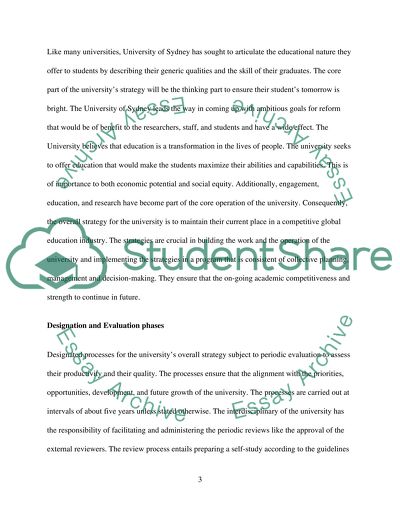Cite this document
(“Business Process Modelling & Improvement Individual Assignment”, n.d.)
Business Process Modelling & Improvement Individual Assignment. Retrieved from https://studentshare.org/e-commerce/1485678-business-process-modelling-improvement-individual
Business Process Modelling & Improvement Individual Assignment. Retrieved from https://studentshare.org/e-commerce/1485678-business-process-modelling-improvement-individual
(Business Process Modelling & Improvement Individual Assignment)
Business Process Modelling & Improvement Individual Assignment. https://studentshare.org/e-commerce/1485678-business-process-modelling-improvement-individual.
Business Process Modelling & Improvement Individual Assignment. https://studentshare.org/e-commerce/1485678-business-process-modelling-improvement-individual.
“Business Process Modelling & Improvement Individual Assignment”, n.d. https://studentshare.org/e-commerce/1485678-business-process-modelling-improvement-individual.


